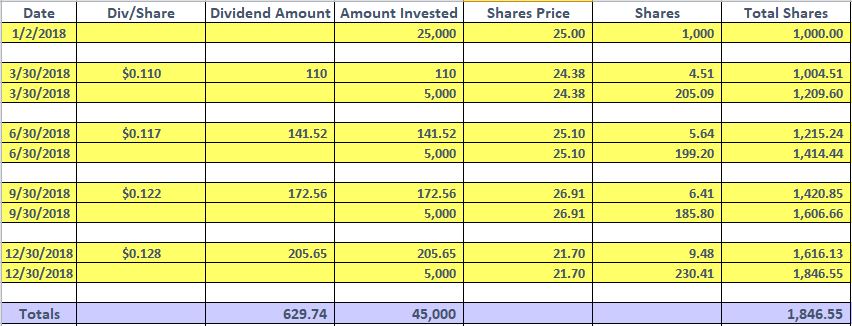By Scott Roark, MBA, PhD | December 18, 2020
There is much to be said for the practice of simplifying and de-cluttering in life. It seems like I keep seeing consultants and tools that will help you clean out and organize your garage, your food pantry, or your closet. It seems that the hoarding gene (apparently it resides in a region on Chromosome 14) is relatively widespread among us.
It turns out that this tendency to accumulate clutter can be fairly common in the financial arena as well. If you change jobs, move around or respond to financial services marketing, chances are that you have more accounts than are really necessary for a smoothly functioning life. While there may be some arguments to having more than a couple of accounts for a particular category, it may sometimes be easier to keep track of financial matters when you are not dealing with endless statements at the end of each month. This logic also transfers to the actual investments that make up your multiple accounts. The financial services industry has attempted to provide simplicity with an investment vehicle called a Target Date Fund.
Target Date Funds have been marketed is as a simplifying tool for retirement savings. They can be appealing because, in one fund, you can get a well-diversified holding that can achieve a targeted asset allocation (or at least get very close to one). The theory behind Target Date Funds is rather than having a portfolio with a dozen or more varying asset classes, one simple fund may do it all. As a quick overview of Target Date funds, they have dates contained in their name that roughly correspond to a “targeted retirement date”, often occurring in 5-year increments. Funds with a target date in their name closest to the current year will theoretically have less volatility and more fixed income and cash-like holdings in them while funds with a target date in their name furthest from the current year will be invested in a more growth-oriented manner. For example, a fund sponsor may have funds that range from a 2020 fund that might have 35% in stocks and 65% in fixed income and cash-like holdings while a 2065 fund could be allocated to 90% stocks and just 10% in fixed income and cash-like holdings.
Obviously, a full discussion of Target Date funds is beyond the scope of this simple article. I will get into more depth on these complex funds in the future, perhaps on one of our EDU podcasts! But in terms of adding simplicity to your portfolio, they may be an attractive tool, especially in the accumulation phase of retirement planning – that period of time when you’re just adding to your portfolio every month and you are not taking any distributions.
However, in retirement when you begin sending your savings and living off them, I would argue the simplicity that Target Date funds offer starts to lose its appeal. In the distribution phase of retirement planning investment flexibility become more valuable than account holding simplicity. Unfortunately, that is where a Target Date fund can lose some appeal. For instance, consider the situation of March 2020 when the Corona Virus scare had the equity markets down 30%+ in a short period of time. However, in the same period, some fixed income and cash-like holdings (not all, but some) held steady or even gained in value. If you were taking a $20,000 quarterly distribution from your retirement funds in March, it would have been nice to pull from the fixed income or cash-like holdings that were more stable in value and had not dropped rather than selling your stock holdings which had likely dropped in value. This is where the simplicity of a Target Date fund loses out to its inflexibility. If all your assets are in a Target Date fund, you can’t choose to sell the winners and leave the losers alone. If the Target Date fund’s “losers” dropped enough that they took the entire fund’s value down, even though the fund holds some “winners”, you must still sell the entire fund as one. There is no picking and choosing allowed! It is the proverbial “Throwing the baby out with the bathwater” conundrum.
When you are close to, or in retirement and you are actively spending from your portfolio, I think it is better to have the flexibility that comes from breaking your actual retirement portfolio into its constituent parts. At Jim Saulnier & Associates we call this “positioning” and it allows you the flexibility to pick and choose what holdings you sell under what market conditions.
Target Date funds and others in their ilk, do offer simplicity and can be a useful option to busy professionals lacking the time and inclination to monitor and manage an investment portfolio during their accumulation years. But in retirement, when assets must be sold to fund your spending needs, I would suggest you opt away from simplicity and begin “positioning” your portfolio for spending by utilizing separate low-cost passive asset classes in your portfolio for the spending flexibility they afford. After all, babies should not be thrown out with the bathwater!
Additional Disclosure:
Diversification and asset allocation strategies do not assure profit or protect against loss. Past performance is no guarantee of future results. Investing involves risk. Depending on the types of investments, there may be varying degrees of risk. Investors should be prepared to bear loss, including loss of principal.










